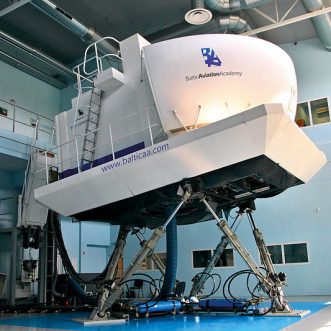August 12, 2021
I’m one of seven children. A lot of work for my mother, who was nominally ‘The Boss’ in our house.
She didn’t like it though.
She resented being the parent who had to get us to do homework, or tidy our rooms, or do the washing up. She resented being the one who shouted and told us off. She resented the fact that her contribution was taken for granted, invisible, unappreciated. Most of all she resented being the one who had to think of everything, for everyone else.
Fortunately for my mum, and as I realised later, for us, she went on strike when she was in her mid 40’s.
From that point on, if we were 16 or over, we took responsibility for ourselves. If we wanted washing done, we did it ourselves. If we wanted clothes ironed, we did it ourselves. If we didn’t like ironing, then we could choose clothes that didn’t need ironing. If we didn’t like tidying our bedrooms, we could live in a mess. If we wanted a different meal from everyone else, we could, as long as we planned and cooked it and washed up ourselves.
It was hard for my mum, because it meant we did quite often live in a mess, but it showed me at least that beyond a certain age, a family, like a small business is a collaborative affair. And that this collaboration works best when its the responsibility that’s shared, not just the work.
Being ‘The Boss’ isn’t as nearly as much fun as people think.
The solution is to make everyone the boss of themselves, within a framework of shared purpose. Everyone is better for it. Especially the business.









